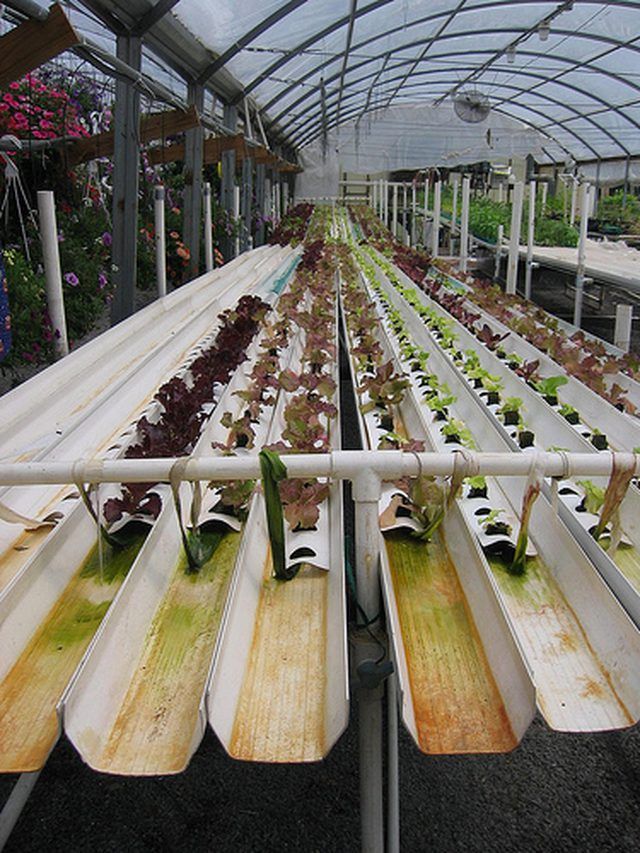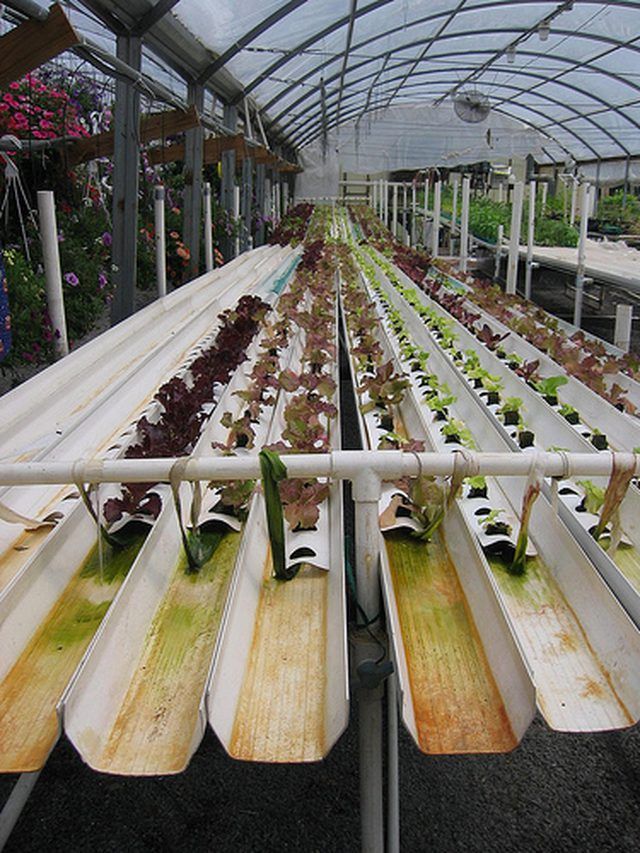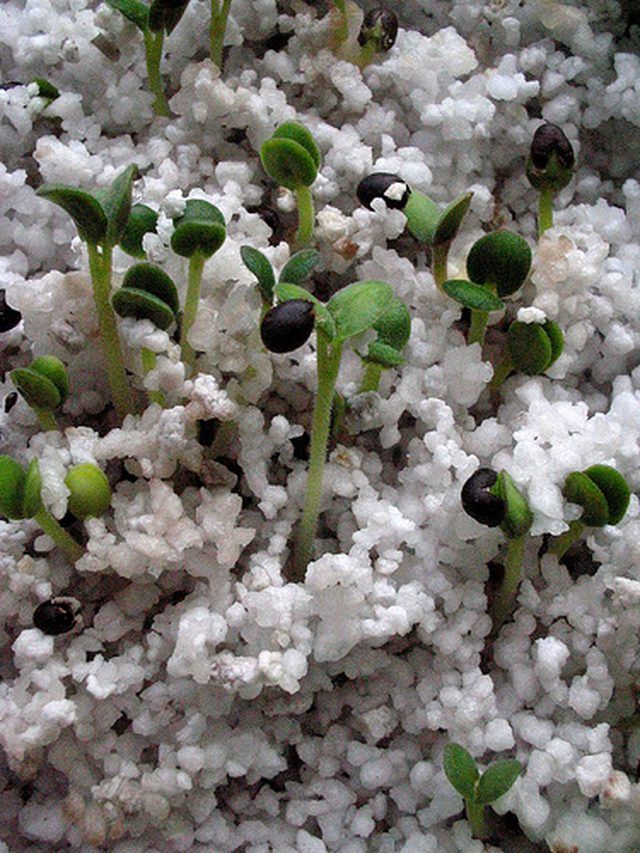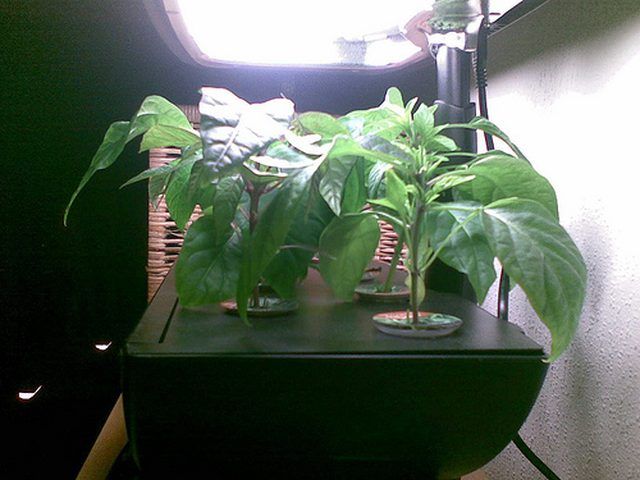Bulbs
Flower Basics
Flower Beds & Specialty Gardens
Flower Garden
Garden Furniture
Garden Gnomes
Garden Seeds
Garden Sheds
Garden Statues
Garden Tools & Supplies
Gardening Basics
Green & Organic
Groundcovers & Vines
Growing Annuals
Growing Basil
Growing Beans
Growing Berries
Growing Blueberries
Growing Cactus
Growing Corn
Growing Cotton
Growing Edibles
Growing Flowers
Growing Garlic
Growing Grapes
Growing Grass
Growing Herbs
Growing Jasmine
Growing Mint
Growing Mushrooms
Orchids
Growing Peanuts
Growing Perennials
Growing Plants
Growing Rosemary
Growing Roses
Growing Strawberries
Growing Sunflowers
Growing Thyme
Growing Tomatoes
Growing Tulips
Growing Vegetables
Herb Basics
Herb Garden
Indoor Growing
Landscaping Basics
Landscaping Patios
Landscaping Plants
Landscaping Shrubs
Landscaping Trees
Landscaping Walks & Pathways
Lawn Basics
Lawn Maintenance
Lawn Mowers
Lawn Ornaments
Lawn Planting
Lawn Tools
Outdoor Growing
Overall Landscape Planning
Pests, Weeds & Problems
Plant Basics
Rock Garden
Rose Garden
Shrubs
Soil
Specialty Gardens
Trees
Vegetable Garden
Yard Maintenance
What Plants Can Be Grown Hydroponically
What Plants Can Be Grown Hydroponically. Hydroponic growing is a cultivation method in which plants are grown using nutrient mixes rather than soil. Virtually any plant that grows in soil can be grown using hydroponic methods. Some plants, however, respond to hydroponic cultivation better than others.

Hydroponic growing is a cultivation method in which plants are grown using nutrient mixes rather than soil. Virtually any plant that grows in soil can be grown using hydroponic methods. Some plants, however, respond to hydroponic cultivation better than others.
How Does Hydroponics Work?
Plants do not actually need soil itself in order to grow; they need the nutrients within the soil. Thus, plants can grow in water containing nutrient fertilizers, with or without physical support from sand, gravel, peat moss or other substances.

Types and Methods
The two main types of hydroponics are solution or liquid culture, in which the plants grow only in the nutrient solution; and medium or aggregate culture, in which the plants grow in a medium, such as sand. Each medium culture is named for the medium used. Hydroponic systems are further classified as open (cultures are not reused after being delivered to the plant) or closed (cultures are recirculated and reused).

What Grows Best?
Lettuces, celery, spring onions, herbs and especially tomatoes can see drastic improvement in flavor from hydroponic cultivation methods. Any number of other food crops can also be grown with standard results.
Vegetable such as corn, zucchini, summer squash and melons will grow hydroponically, but their stalks or vines will take up undue amounts of space. Consider your needs and space limitations before growing these plants.
Flowers and other plants can be grown hydroponically, though results may vary. Vegetables are the most popular choice for hydroponic cultivation.

History
Historically, widespread hydroponic use is fairly recent. Evidence of mica-based hydroponics dates to 1 A.D. during the reign of Roman emperor Tiberius, though the technology was little used until the 17th century in Europe. Interest in large-scale American hydroponic production began around 1925.
Significance
Many hydroponic crops, such as tomatoes, are available fresh to the consumer earlier than they would be if cultivated in the soil. Hydroponic greenhouse owners are able to control temperatures and growing times in ways they could not if waiting for the soil to thaw, frost danger to pass, and air temperature to regulate.
Besides eliminating the need to coordinate growing times to the seasons, hydroponic cultivation offers high yields, can help protect the environment, and conserves water and other resources.